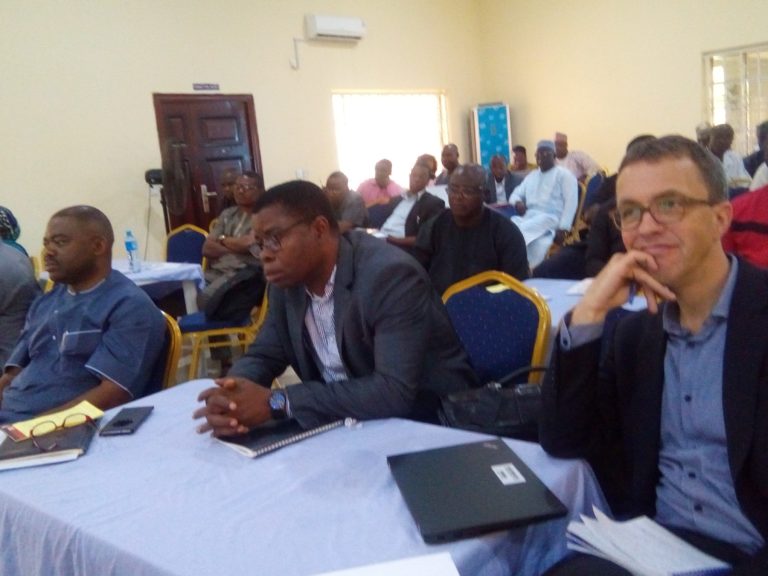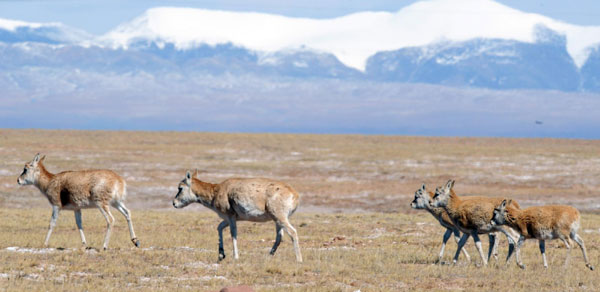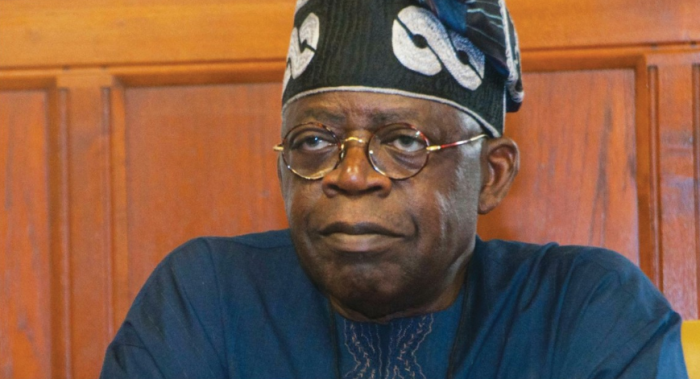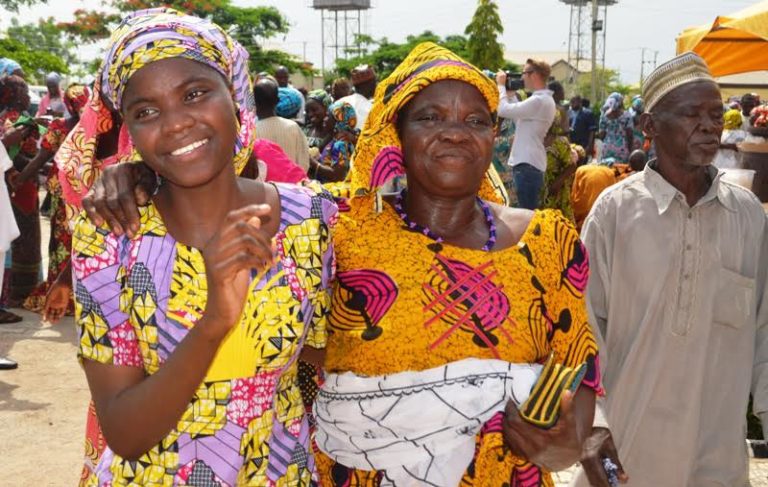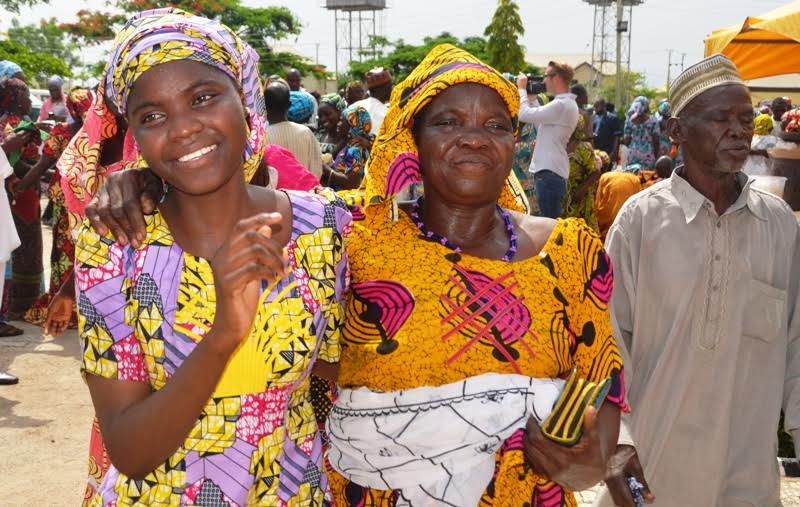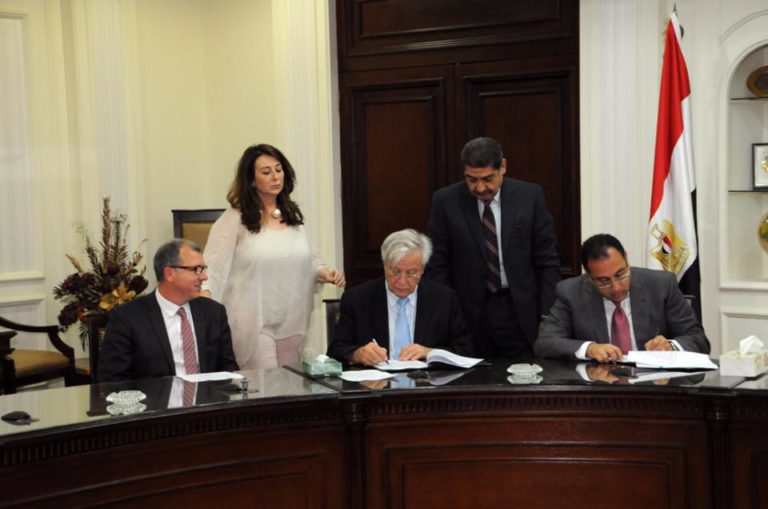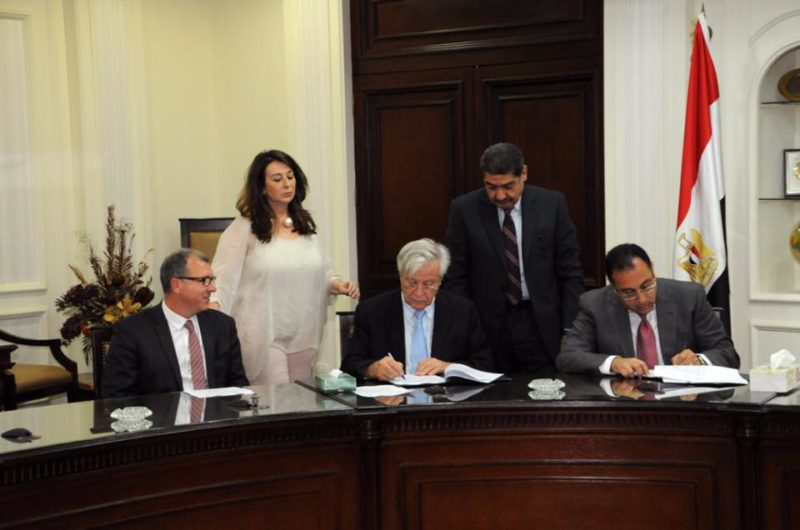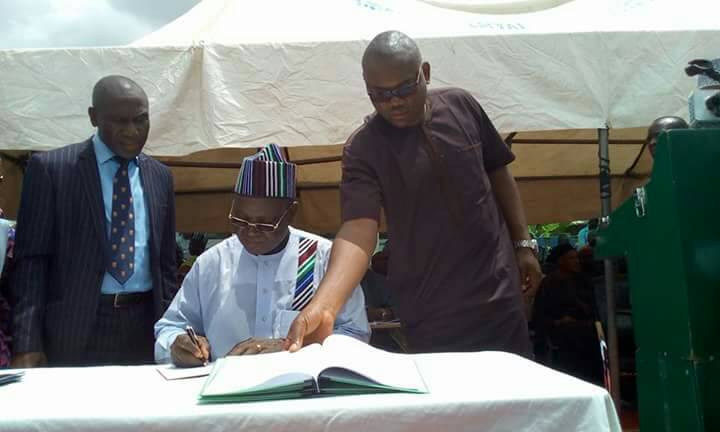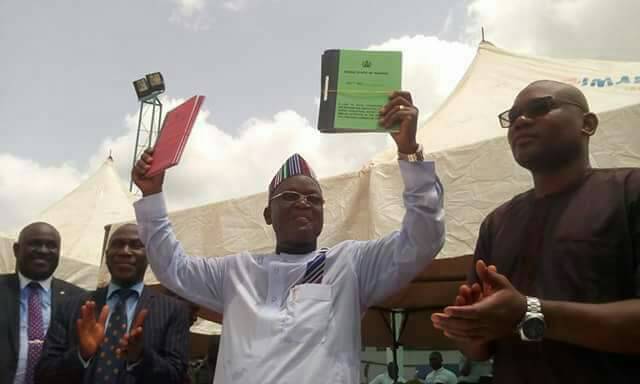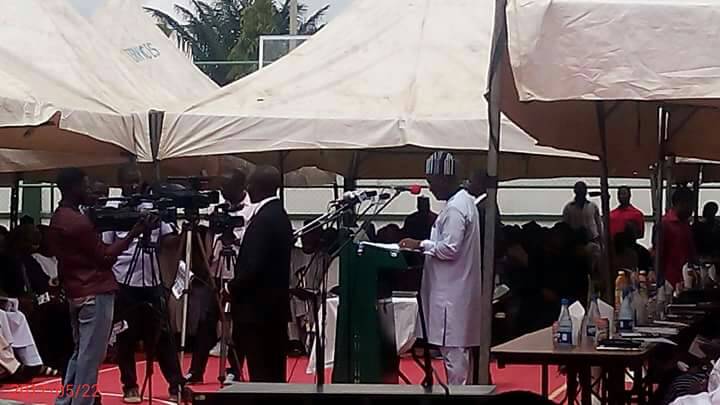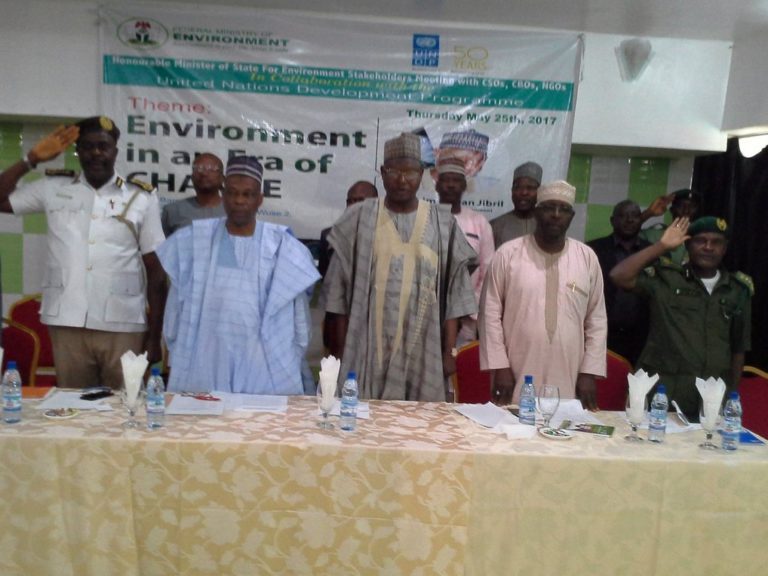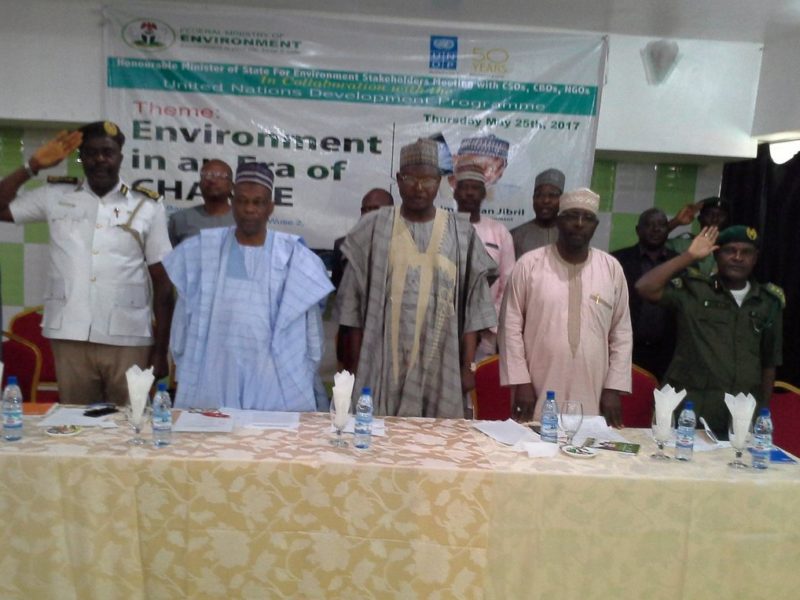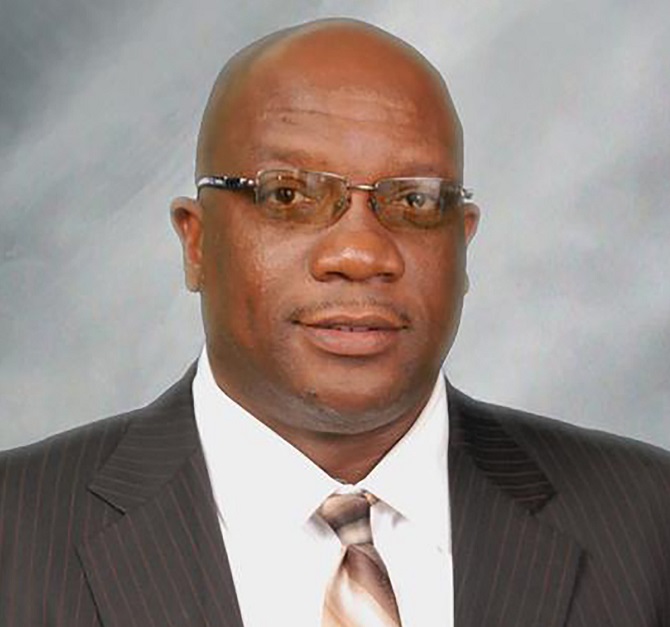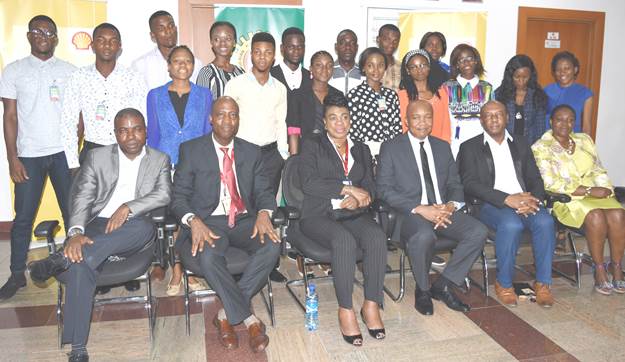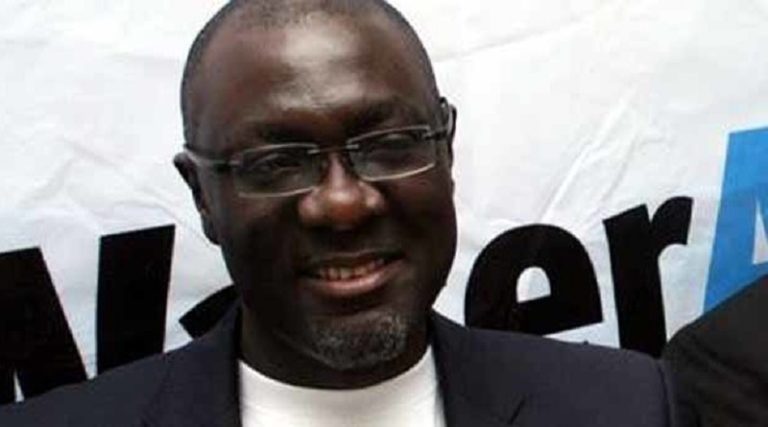The Federal Ministry of Environment on Wednesday, May 24, 2017 in Lafia, Nasarawa State, restated its commitment to ensuring environmental sustainability, even as it expressed concern over the growing rate of deforestation in the country.
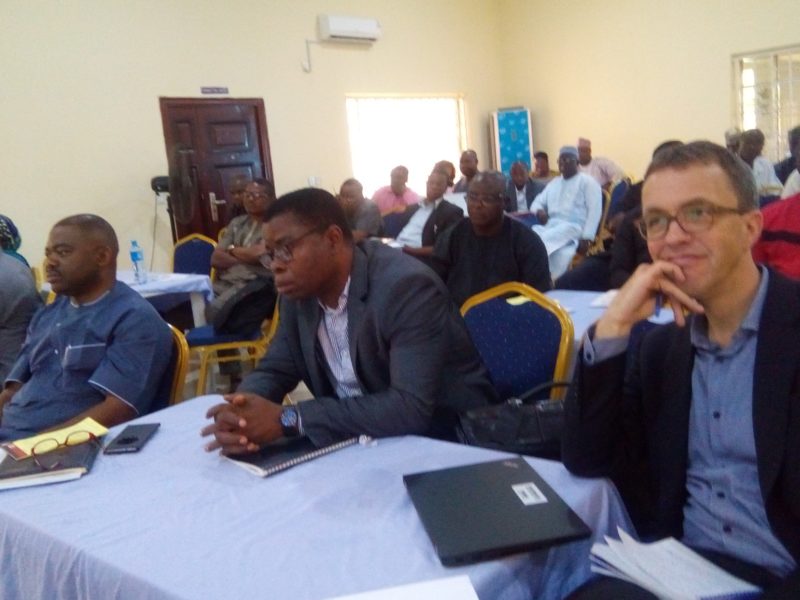
Permanent Secretary in Ministry, Dr Shehu Ahmed, who made the disclosure in a goodwill message at the Mid-Term Review (MTR) workshop for the Forest Carbon Partnership Facility (FCPF) for the Nigeria REDD+ Readiness Programme, noted that necessary steps must be taken to address the situation.
REDD+ stands for countries’ efforts to Reduce Emissions from Deforestation and forest Degradation, and foster conservation, sustainable management of forests, and enhancement of forest carbon stocks. The concept is based on the premise that deforestation and forest degradation are the second leading cause of global warming, responsible for about 15% of global greenhouse gas emissions, which makes the loss and depletion of forests a major issue for climate change.
Dr Ahmed said: “We must all embrace interventions that will help reverse this trend of which the REDD+ programme is one and very pivot in contributing to the country’s Nationally Determined Contributions (NDCs) under the Paris Agreement on Climate Change.”
While thanking the sponsors and development partners to the programme for their collaboration, he expressed optimism that the forum would provide the needed leverage that will help the nation in re-engineering and re-focusing the implementation process that will lead to successful development of an overall Nigeria REDD+ Readiness that will meet the climate change mitigation objectives of the REDD+.
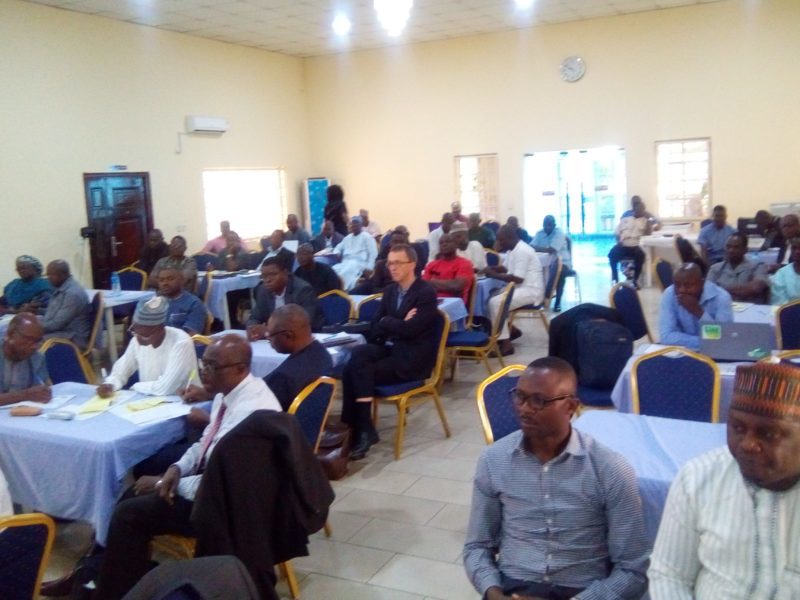
“This collaborative effort demonstrated by the development partners has heightened Nigeria’s speed in implementing the REDD+ Programme. However, I would love to implore the World Bank Team to help Nigeria develop innovative ideas that could enhance the programme in the country,” he added.
Senior Environmental Specialist, World Bank and Task Team Leader, Nigeria REDD+ Forest Carbon Partnership Facility (FCPF) Programme, Dr Amos Abu, disclosed that the Project Development Objective (PDO) of the FCPF Programme is to support Nigeria to design a socially and environmentally sound strategy to reduce emissions from deforestation and forest degradation.
He added that the programme has adopted a three-phase approach, which he lists to include:
- Phase 1: REDD+ readiness (two to five years)
- Phase 2: Investments in forestry and related sectors (two to five years)
- Phase 3: Emission Reductions Payments (last five years after Phase 1 begins)
The FCPF programme, he added, has four components:
- Component 1: Strengthen national and state level readiness management arrangements;
- Component 2: Develop REDD+ and conduct SESA;
- Component 3: Develop Reference Emission Level; and
- Component 4: Enhance stakeholder engagement, communication, consultation and feedback for REDD+ readiness process.
According to him, the aim of the MTR is to support the REDD+ Secretariat in preparation of the mid-term progress report.
Dr Abu said: “This is a milestone in Forest Carbon Partnership Facility (FCPF) Readiness Preparation and a requirement of the Grant Agreement. It will also be the first comprehensive report on Nigeria’s progress towards REDD+ Readiness.
“The MTR is not a decision point but will focus on stock taking and assessing progress and planning and scheduling the remaining activities in order to achieve REDD+ readiness at project completion.”
Governor Umaru Al-Makura of Nasarawa State expressed appreciation for the state’s inclusion among the other states (Ondo and Cross River) where the REDD+ Programme strategy is being put to test.
His words: “I wish to add that the three forest sites namely: Obi Forest (Obi Local Government Area), Marhai Forest (Wamba LGA) and Zono Forest (Toto LGA) are fully ready for the intervention.
“We have also paid the state counterpart contribution and provided an office complex in Karu to house both the Nasarawa State REDD+ and the NEWMAP officies. I assure you that Nasarawa State will continue to support the REDD+ programme to facilitate the realisation of its objectives of protecting our environment to ensure the sustenance of our fauna and flora.”
Dr. Moses Ama, National Coordinator, Nigeria REDD+ Programme, states that the programme aims to prepare the country to engage and benefit from the potentially emerging performance-based system from Reducing Emissions from Deforestation and Forest Degradation (REDD+) within the context of the international climate negotiations of the UN Framework Convention on Climate Change (UNFCCC).
“The development objective of the Nigeria FCPF Programme is to support the nation to design a socially and environmentally sound strategy to reduce emissions from deforestation and forest degradation,” he said.
He listed the specific objectives of the MTR as:
- Review progress towards the achievement of the Project Development Objectives and assess the strong and weak points of the project design;
- Review implementation progress for each component, as well as for the administrative aspects of the project;
- Evaluate compliance with fiduciary/safeguards aspects and overall implementation risks;
- Visit some of the project states and meet with project stakeholders, including Government and community representatives; and,
- Review jointly with the Government the possibility of requesting for additional Financing in support of the Forestry sector of Nigeria.
On Wednesday, May 24 and Thursday, May 25, the MTR Report and the Independent Assessment Report were presented to stakeholders. Representatives of the participating states also made presentations.
The FCPF, with the World Bank as its delivery partner, is a global partnership of governments, businesses, civil society, and Indigenous Peoples focused on reducing emissions from deforestation and forest degradation, forest carbon stock conservation, the sustainable management of forests, and the enhancement of forest carbon stocks in developing countries.
Hitherto, Nigeria undertook a REDD+ Readiness venture courtesy of the United Nations Programme on Reducing Emissions from Deforestation and Forest Degradation (or UN-REDD Programme), a collaborative programme involving the Food and Agriculture Organisation of the United Nations (FAO), the United Nations Development Programme (UNDP) and the United Nations Environment Programme (UNEP).
By Michael Simire

